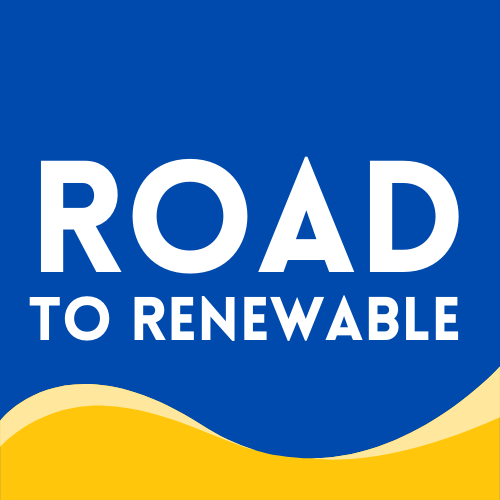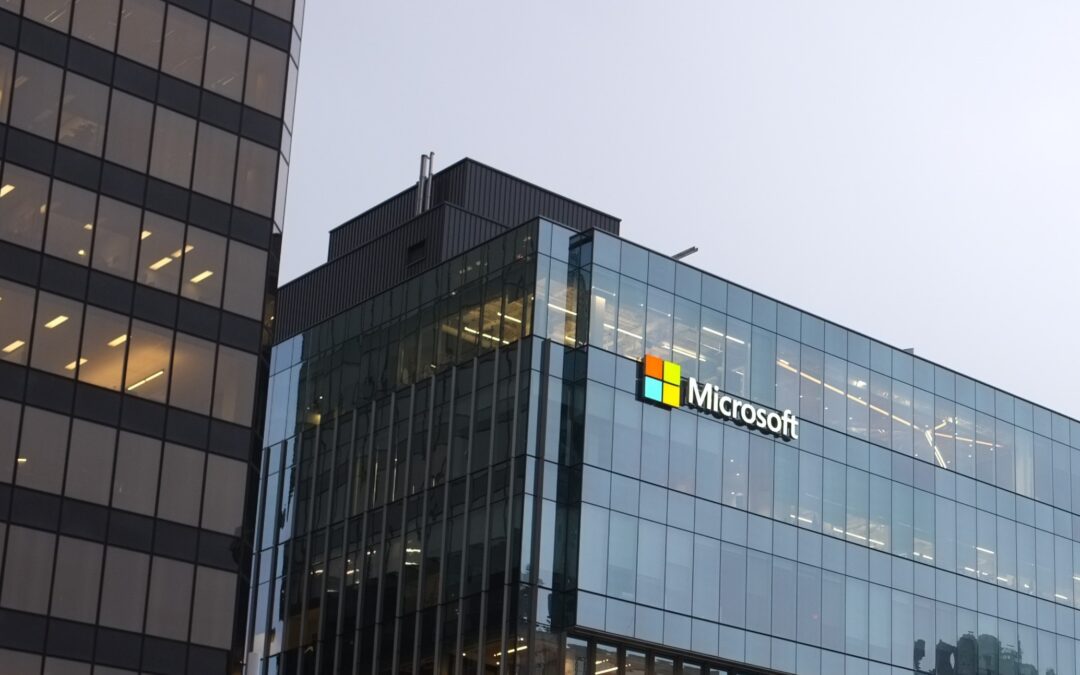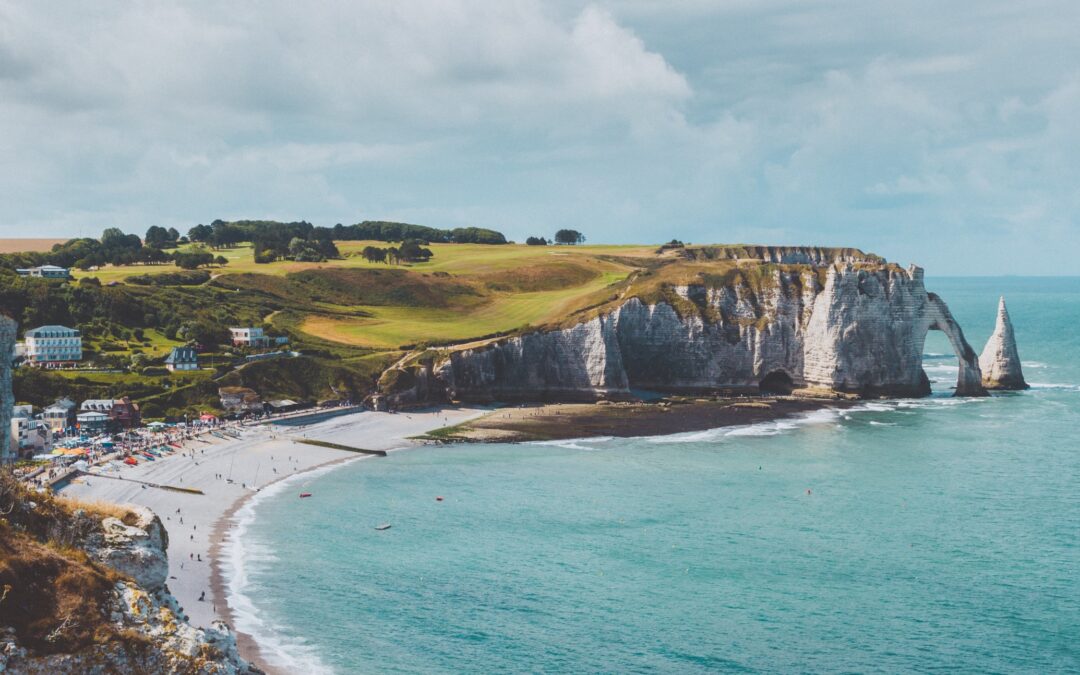
How Iowa became a leader in wind power
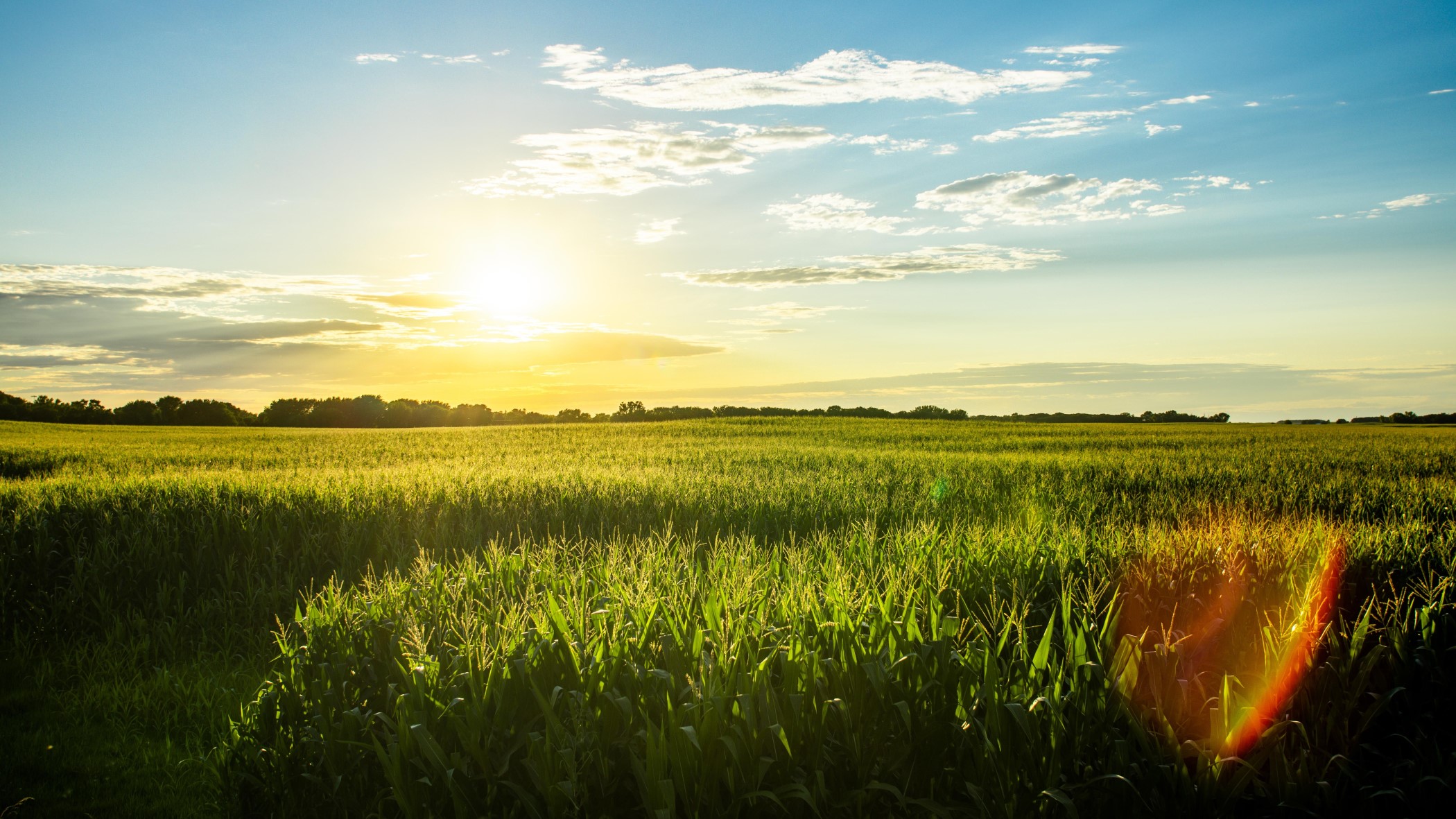
Most recent
Iowa generated 58 percent of its energy through wind power, ranking it first in the US. How did the state reach this prestigious spot?
In 2021 Iowa generated 58 of its electricity through wind power, the highest among all states across the United States. The state has created thousands of jobs in the renewable energy sector and unlocked millions of dollars in economic development for its communities. How did Iowa get to this prestigious place and can it be an example for other states in the country?
Iowa renewable energy policies
Iowa created a strong legal framework that enabled the rapid development of the wind energy sector within the state. This turning point was set in motion by republican governor Terry Brandstad. In 1983, Iowa became the first state that passed a bill that dictated a renewable portfolio standard. Through the bill, the state’s investor-owned utility companies were made responsible for managing renewable energy contracts. A decade later, a tax exemption program for wind energy equipment and materials necessary for manufacturing and the construction of wind power systems was launched. This made investing and expanding energy generation more competitive with other energy sources. Three years later, in 1996, a low-interest loan program was introduced for consumers and businesses when installing renewable energy sources within Iowa.
Governor Tom Vilsack took over the renewable torch. At the turn of the new millennium, in 2001, electric utility companies were obligated to offer renewable energy contracts for their customers. Although his contributions in terms of wind energy bills remain fairly limited, real change happened when Chet Culver was elected as the governor of Iowa. His administration marked the turning point for the state, steering it into the wind power era.
Change for Iowa with Culver
In 2007, Chet Culver became the 40th governor of the state of Iowa. Culver would become one of the leading figures of the energy transformation. In 2008, the Governor of Iowa, Chet Culver, spoke at the Democratic National Convention in Denver, addressing the challenges the state and the country faced. Culver remarked the country was taken hostage by the fossil fuel industry and its lobbyists, threatening the energy security of the nation by dictating laws passed by Congress. The former governor notes that the fossil fuel industry is fueling the Republican campaign, trying to maintain its position of power and secure its profits. Under democratic leaders, Culver noted that Iowa had invested hundreds of millions of dollars in renewable energy projects, setting an example for a durable future. Culver believes that renewable energy results in lower energy prices and deliver thousands of stable jobs.
In the same year, the Iowa Wind Energy Association (IWEA) was created. A program that would promote “economic development” for the wind industry and ease up communication between stakeholders. In 2009, Iowa received $159 million from the federal government to ramp up its energy grid and science projects. Alongside the Small Wind Innovation Zone program was launched, which enabled flexibility zoning for microgrids that generate their power through wind. In 2010, interconnection standards were enacted which have to smooth out the integration of renewable energy into the existing power grid. A year later, under Republican Governor Terry Brandstad, universities in Iowa received $20 million in grants to build research facilities for improving renewable energy projects. These legislations have resulted in the exponential growth of the winder power sector within Iowa.
Wind power takes flight
In the last two decades, the wind power sector has seen tremendous growth across Iowa, with a wide variety of projects, from manufacturing to wind farm projects. In 2008, TPI completed its $56 million wind turbine manufacturing facility in Newton. At the end of the year, the wind farm commissioned by the Interstate Power and Light Company (IPL), a subsidiary of Alliant Energy Corporation, became operational. The Whispering Willow Wind Farm-East, situated in Franklin County, would supply electricity to around 50,000 households through a 200-megawatt strong installation.
Chairman, President, and Chief Executive Officer for Alliant Energy, Bill Harvey, said about the opening of the wind farm, “This is an important day for our company, electric customers, and the environment as we continue to strive to meet the increasing demand for green energy.” Adding that the Whispering Willow Wind Farm is a valuable part of its energy generation portfolio, paving the road towards a renewable future. Alliant Energy expects that the wind farm will offset an estimated 2 million tonnes of carbon dioxide, 0.5 tons of mercury, 2,600 tons of nitrogen oxides, and 7,000 tons of sulfur dioxides. The offset is the equivalent of the annual emissions of 309,000 passenger cars.
In 2015, Invenergy completed the construction of its first wind farm in O’Brien County. The farm housed 218, 2.3 MW capacity wind turbines spread over 70,000 acres. Combined the wind turbines form an installation able to generate 500 MW of power. The wind farm was sold to MidAmerican Energy. In 2017, IPP, a subsidiary of Building Energy Wind Iowa, took into operation its 30 MW wind farm. The farm is home to 10.3 MW on-shore wind turbines with a rotor diameter of 125 meters on top of an 87.5-meter high tower. The wind farm will deliver an estimated 110 GWh per year.
In March 2020, EDF Renewables took into operation the 200 MW capacity Golden Plains Wind farm. The wind turbines were manufactured by General Electric and deliver 2.3 up to 2.5 megawatts of energy. The project created 150 jobs and generated millions in economic development according to EDF Energy. At full capacity, the wind farm is able to supply energy to an average of 87,000 homes per year.
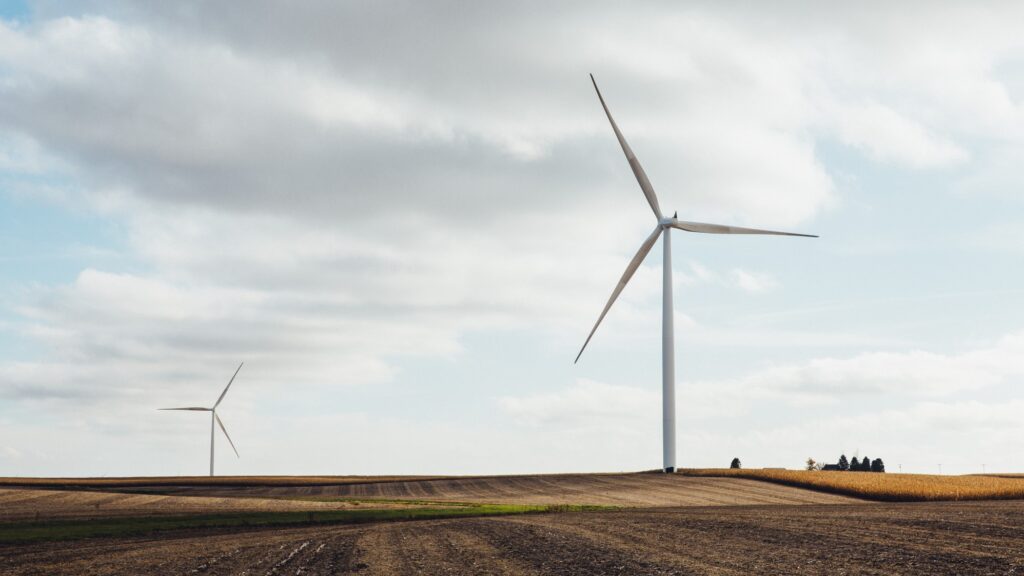
In 2021, Duke Energy announced its plans for a 207 MW Wind farm in Kossuth County, which will simultaneously be its project for entering the Iowa energy market. President of Duke Energy Sustainable Solutions, Chris Fallon stated in the press release that he’s excited about the prospect of entering the market in Iowa. The 3,100 MW strong project will deliver renewable energy to 72,450 U.S. households. Duke Energy adds that on top of delivering clean energy, its Ledyard Windpower project delivers 200 new jobs in the renewable energy sector. These are just several of the many projects that were realized within Iowa. They show how different incentives can create an economic climate that is lucrative for private parties to enter.
Looking back on wind power in Iowa
In 2017, Culver spoke to The Review, about his strong focus and determination to turn Iowa into a renewable energy state, with wind energy at its core. Culver explained that he believed energy has always been the most important issue for the United States, in terms of energy security and its future. He said, “I thought and really firmly believe that if we could build that infrastructure and build wind farms across Iowa, we could secure our energy future, which would be a great thing for the citizens of Iowa, and for the country.” By investing heavily in wind turbine production, the state has become a manufacturing hub for the local economy and for a “500-mile radius around Des Moines”, one of the key areas for wind farm projects. This resulted in 9,000 jobs within the wind power sector, across 75 small businesses that supply the different parts necessary to build wind turbines.
Culver attributes the enormous success and adoption of the wind energy policy thanks to bipartisan support, saying, “[…] we have been the only state where our Congressional delegation in Washington D.C., so in our case four members of Congress and two senators, all voted in favor of the wind production tax credits, which is a federal program to help support the wind sector.” Adding that Iowa had the only delegations from all U.S. states that voted together.
In 2020, Culver said to Yale Climate Connections, that the next step for Iowa was to become an energy efficiency leader, believing that investing in insulation could bring costs down for municipalities and households, adding, “There are customers in America right now that are paying exorbitant amounts of money just to keep the lights on in their house.” He said that in doing so, jobs will be created within the energy sector, referring to the state’s expansion into wind power, which not only created construction jobs but also winds power manufacturing. The Governors of Iowa have made valuable contributions toward a renewable energy future within the state, but Culver might be considered one of the driving forces for this important change. His devotion to expanding the renewable energy sector through wind power has proven to be a viable economic model.
The windiest state
The choice to invest in wind power is not a coincidence. In 2014, the Washington Post reported on the windiest states in the United States. Among the windiest states, Iowa ranked fifth. The windy plains are therefore an ideal location to push for wind energy adoption. Iowa has been able to quickly ramp up its wind power capacity over the span of several decades. Through dedicated legislation, the state was able to create a lucrative renewable energy market.
Since then the wind energy capacity has grown to 12,219 MW in 2021, ranking it second in the US in terms of power generated through the wind. Projects that have yet to come online or are in the drafting phase, will lift the capacity to over 14,000 MW in 2024. The Iowa Environmental Council noted that in 2020, the industry supported 3,953 jobs, creating millions of dollars in revenue for landowners and keeping energy prices affordable. The drive of Iowa to ramp up its renewable energy sector is commendable and can serve as the economic blueprint for other states that have wind or other renewable sources at their disposal. The race to further expand wind energy however is facing some speed bumps, from an unexpected set of protesters, and big tech.
The largest renewable energy project
In June 2022, Bloomberg reported that Meta, Google, and Microsoft issued a warning against a multibillion-dollar wind project backed by Warren Buffet, called Wind Prime. If the $3.9 billion wind and solar project get approved, it will become the largest renewable energy plant in the United States, supplying electricity to over 700,000 homes. The big tech companies argued that such a strong surge in supply could raise prices.
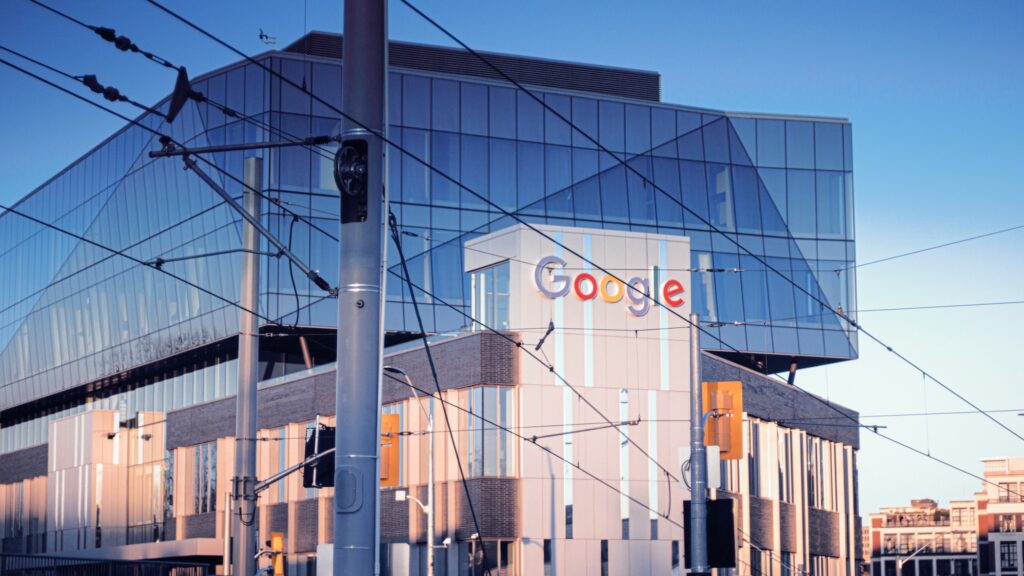
Bloomberg notes that the case can serve as an important indicator for the strategic approach of large tech firms concerning the transition to renewable energy. According to the news outlet, tech firms have been pushing utility companies to deliver energy from renewable sources, becoming one of their most important customers. This has given significant bargaining power. An analyst with BloombergNEF, Kyle Harrison, explained that these corporations want to maintain control over the pace of the transition to renewable energy. Meta, owner of Facebook, together with Google remarked that the development costs were disproportionate, stating that MidAmerican had not yet presented a viable business case.
The statements seem paradoxical to earlier reports made related to MidAmerican in January of the same year, where the utility company stated it was only proposing feasibility studies for the project. While the remarks made by big tech companies don’t translate into a definitive halt towards the ambitions of Iowa to further incorporate wind energy into its energy grid. They are a sign that now that renewable energy is becoming dominant, larger stakeholders now want to be more closely involved in its rollout. Possibly delaying adoption.
Further reading

How wind power polarized Sweden
Wind power has seen massive leaps in recent decades, but one country keeps struggling to expand its capacity, Sweden....
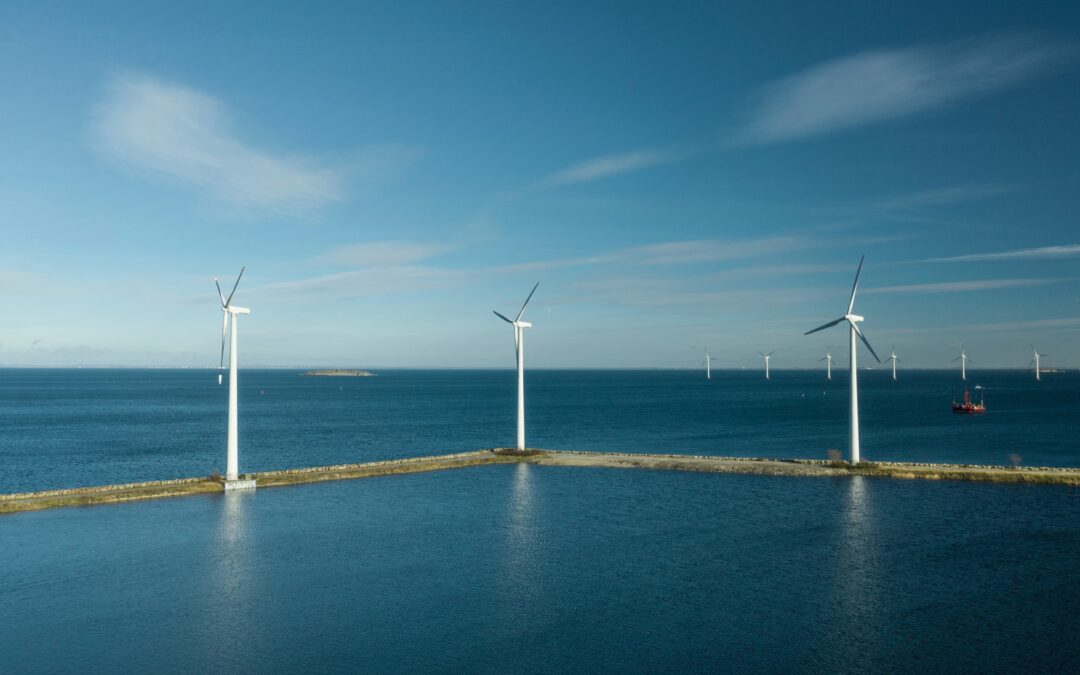
How Denmark harnessed wind power
Denmark has become a leader in generating electricity through wind power. How did it become the renewable energy gold...
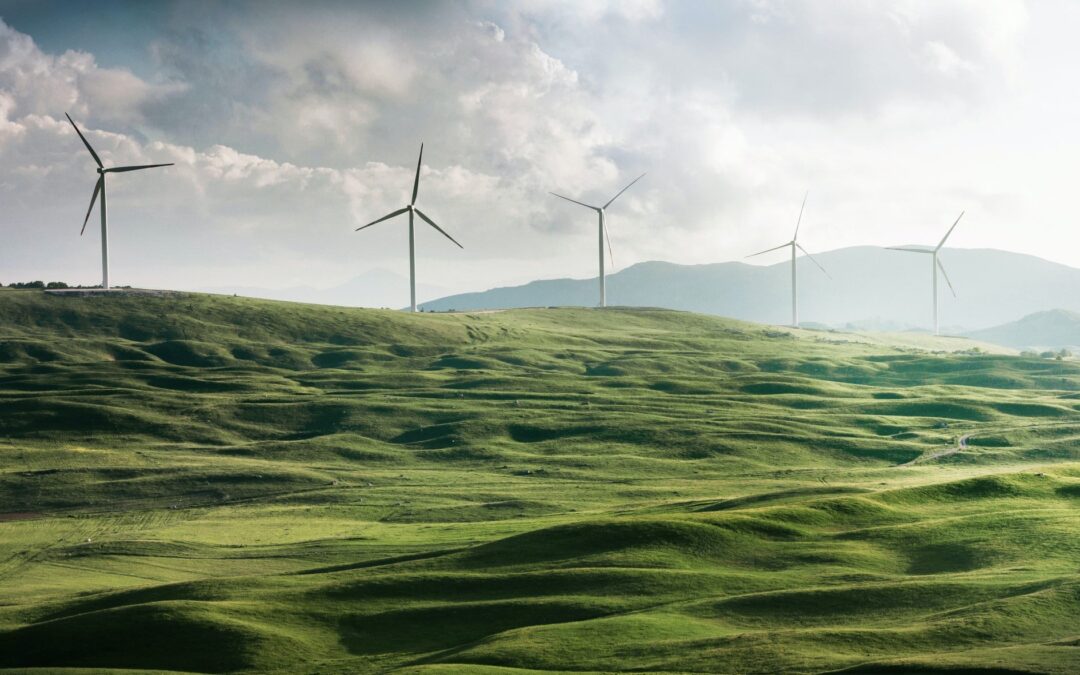
How Japan failed to harness wind power
Japan can quickly ramp up its wind energy capacity with offshore wind farms. Instead, the country is performing below...
Most recent

How Myanmar lost 30% of its forest in 30 years
Myanmar is seeing deforestation rates increase rapidly. In the last three decades, the country already lost 30 percent...
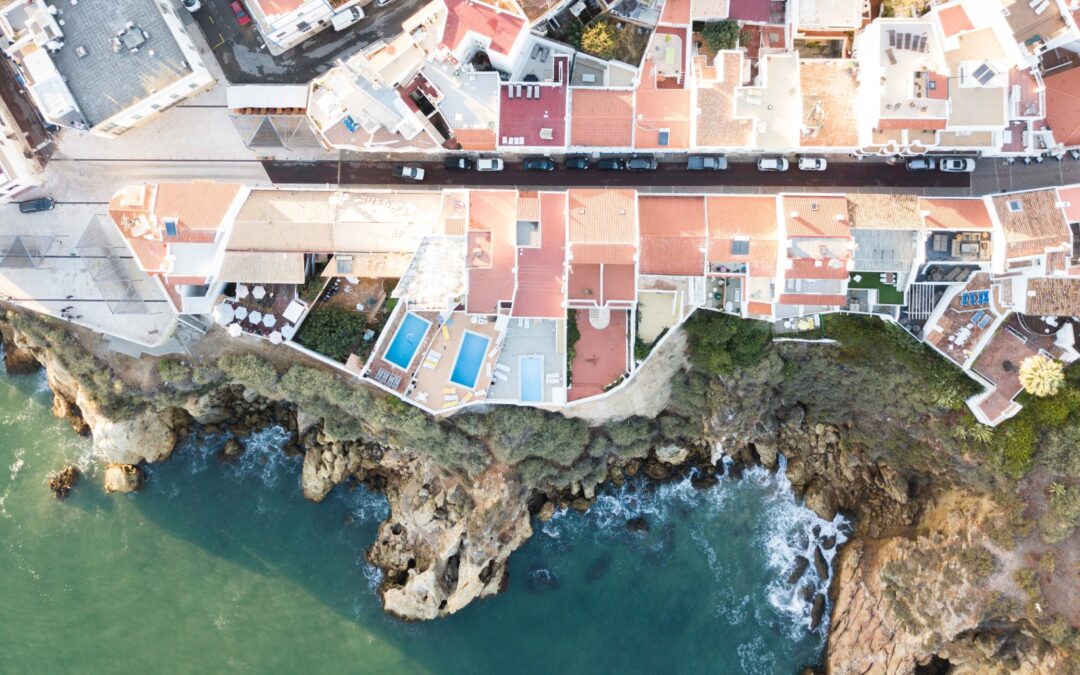
Portugal’s struggle to part with fossil fuels
Portugal is heavily reliant on fossil fuels and its love affair with the fossil fuel industry makes transitioning to...
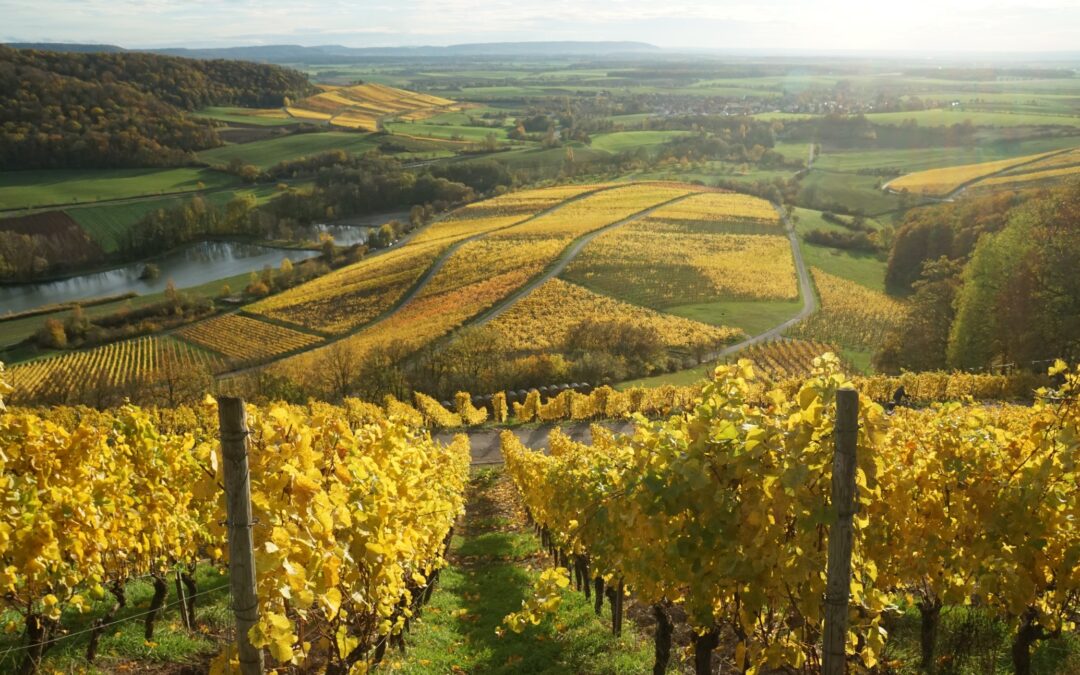
Climate change spells uncertain future for winemakers
Winemakers ride into an uncertain future as climate change spells greater uncertainty for their businesses. Climate...
